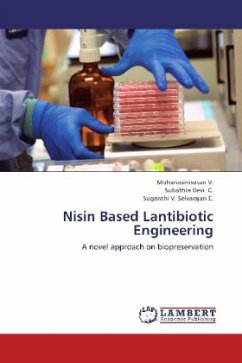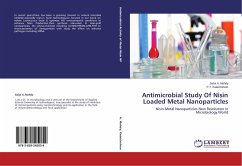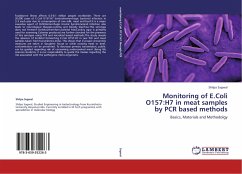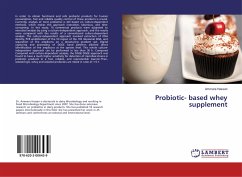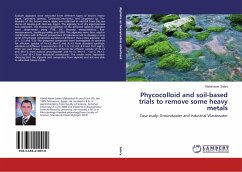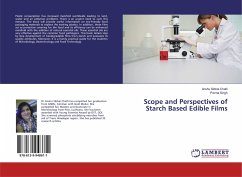Lantibiotics are ribosomally synthesized polycyclic peptide containing unusual amino acids, which have binding specificity for bacterial cells, targeting the bacterial cell wall component lipid II to form pores and there by lyses the cell. Nisin is the one of the most studied commonly used lantibiotics. Nisin inhibit the growth of bacteria by inhibiting cell wall synthesis via binding to Lipid II. Nisin have thio esters five ring system. But first three are actively involved in antimicrobial activity. These are binding to pyrophosphate moiety of lipid II. This mode of action is the rationale for design of small nisin derived peptide to obtain novel potential lantibiotics. As conformational constraints the Thioether Bridge was mimicked by alkanes or alkenes by ring closing metathesis.
Bitte wählen Sie Ihr Anliegen aus.
Rechnungen
Retourenschein anfordern
Bestellstatus
Storno

